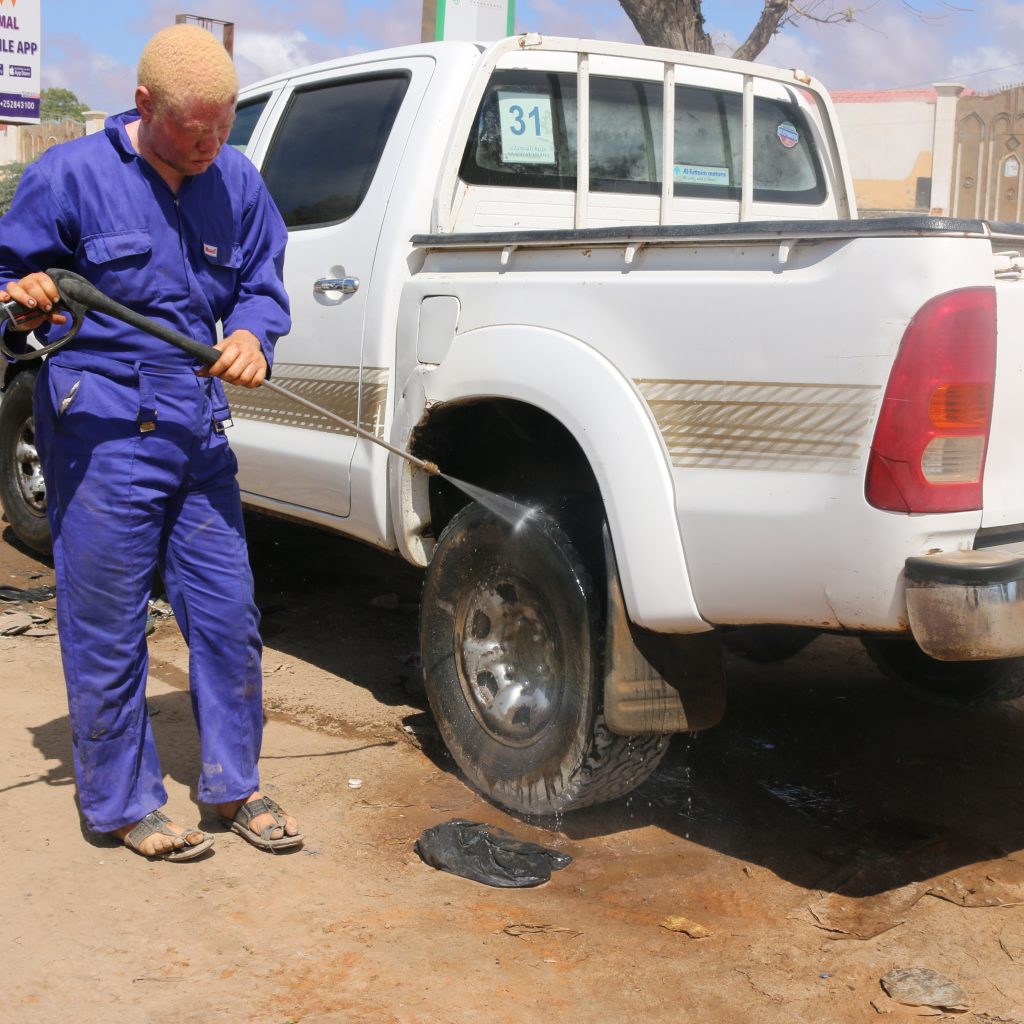The absence of melanin in the skin, hair, and eyes, either totally or partially, is a genetic disorder known as albinism.
In Africa, it is estimated that 1 in every 5,000 to 15,000 people has albinism, with selected populations having estimates as high as 1 in 1,000. Many individuals with albinism experience severe stigma, prejudice, and ignorance about their condition.
Albinism in Africa
In over half of the countries in Africa, it has been widely documented that myths and misbeliefs surrounding persons with albinism have led to witchcraft-related harmful practices involving the use of their body parts obtained through brutal attacks and mutilations.
Hundreds of attacks, including murder, mutilations, grave robberies, sexual violence, kidnapping, and trafficking of persons and body parts, have been reported across 27 countries in the region.
People with albinism are discriminated against in some parts of Africa and may even be killed, dismembered, or subjected to other cruel treatment. The UN noted that from 2000 to 2013, it had received 200 reports of ritual attacks on people with albinism across 15 countries—all in Africa.
Many believe it is a spiritual punishment and that people with the condition could be contagious; such beliefs are present in some parts of the African Great Lakes region.
Albinism is rare in the world; however, it is highly common in sub-Saharan Africa, most likely due to consanguineous marriages.
Tens of thousands of people with albinism are living in Africa, according to estimates of the condition’s prevalence. Although it’s common in the world, people with albinism are subjected to name-calling.
A study from Sierra Leone found that 80% of people with albinism are called derogatory names. In Malawi, people with albinism are called “azungu” (white person) or “napwere” (yellow tomatoes) in Brazil, “peeled cockroaches” and “white rates” in Malaysia, “ghost,” “white people,” or “alien” in India, “snowman” or “yeti.”
Why is albinism more common in East Africa?

Albinism is more common in East Africa because rural tribes have a more isolated genetic pool and because the society is less mobile.
Globally, Tanzania has the highest number of albinos.
In Tanzania,
albinos represent one in every 1429 births, a much higher rate than in any other nation. According to Al-Shymaa Kway-Geer, an albino member of parliament, there are 6977 officially registered albinos in Tanzania.
Zambia
On the report of Zambian Albinism Organizations like AFZ and others, there are about 25,324 people with albinism in Zambia,
Malawi
About 7,000 to 10,000 people live with albinism in Malawi. Those living with albinism in Malawi have very few safe places to go. Spurred by the high prices paid for body parts, criminal gangs will hunt people with albinism down. Family members, too, collude in or even instigate these sorts of attacks.
Kenya
Albinism is recognized as a disability in Kenya, with the government running an Albinism Support Program through the National Council for Persons with Disabilities (NCPWD).
The program aims to offer protective products such as sunscreen that will protect persons with albinism from the effects of harsh sun rays, which could lead to skin cancer. The Council also provides protective clothing and comprehensive eyewear, as well as carrying out awareness creation activities.
Somalia

Albinos are rarely seen in Somalia due to the extreme heat. Due to the fact that they lack melanocytes, Albinos are living with stigma and poverty in Somalia.
South Africa
Generally, In southern Africa albinism is common, about 1 in 4000 people are affected, but it remains a poorly understood condition surrounded by myths and superstition.
In South Africa, persons with albinism are considered as persons with disabilities. In many communities within South Africa, disability is still generally seen as an illness, shame or curse.


